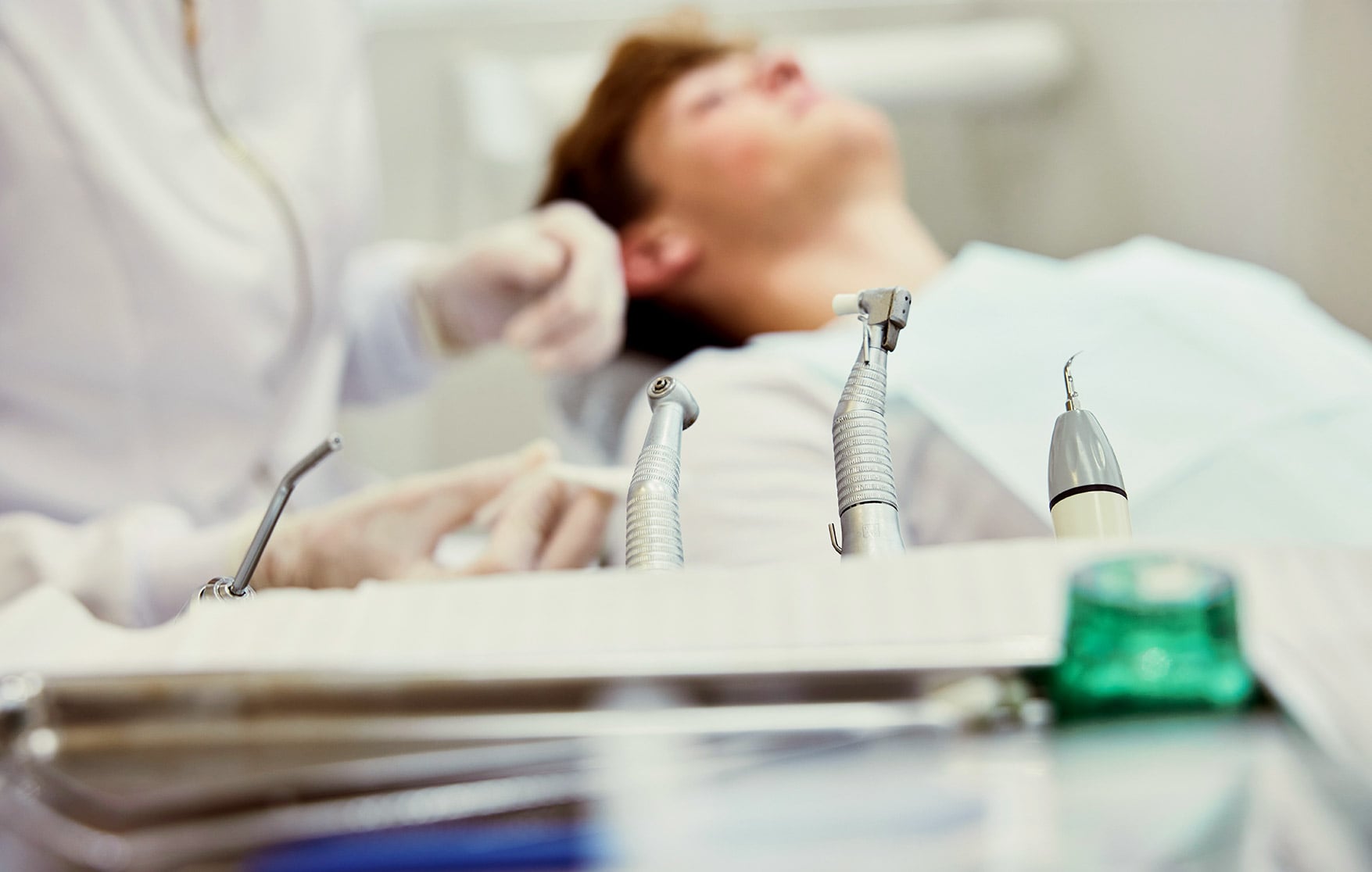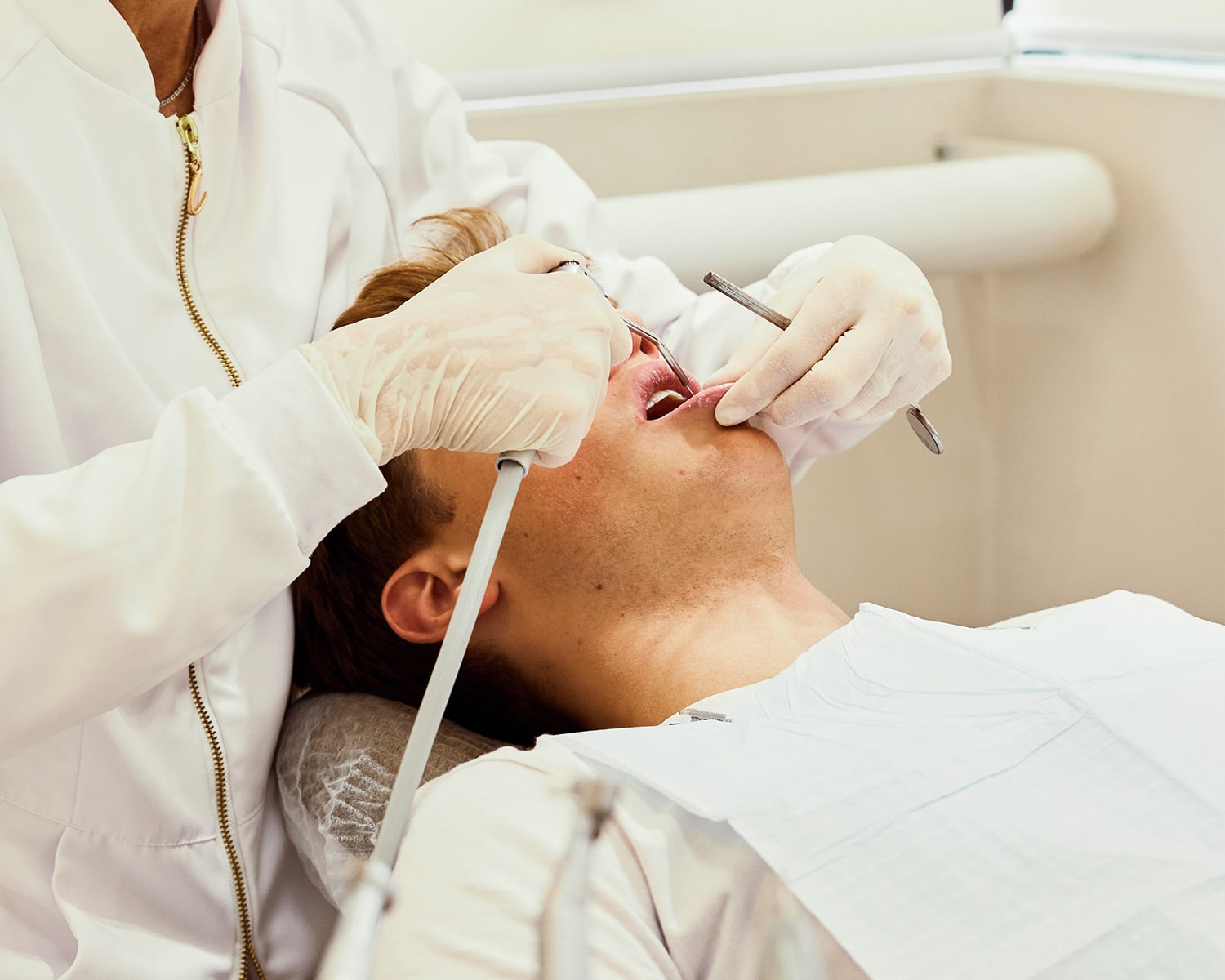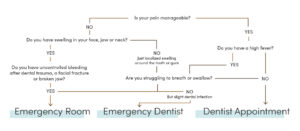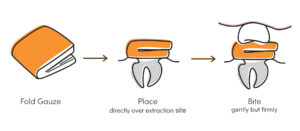Encuentre un tratamiento para la gota seca cerca de usted
El dolor intenso después de una extracción dental no es normal y podría significar que tiene un alveolo seco. Podemos tratarlo hoy mismo con una combinación de limpieza profunda, medicación y sencillos consejos de cuidado en casa. Utilice nuestra sencilla herramienta de búsqueda para reservar una visita urgente en cuestión de minutos.

Idioma
Cobertura
Tipo de asistencia
Cobertura
Idioma
Tipo de asistencia
Carga de consultas dentales...
¿Necesito un tratamiento para la gota seca?
Empeoramiento del dolor
Sensibilidad profunda y punzante tras una extracción dental.
El dolor que se extiende
Dolor que se desplaza al oído, la sien o el cuello.
Apertura visible
Un agujero evidente donde debería haber un coágulo de sangre.
Mal gusto
Sabores u olores desagradables procedentes del enchufe.
Hueso expuesto
Hueso blanco o amarillo visible donde se extrajo el diente.
Encías inflamadas
Tejido inflamado alrededor de la zona de extracción.
Qué esperar durante el tratamiento de la caries seca
Consulte
El dentista confirma la presencia de alveolitis seca y decide la medicación analgésica y/o los antibióticos.

Limpiar
Se enjuaga la cavidad para eliminar restos, reducir la irritación y disminuir el riesgo de infección.

Proteja
El vendaje medicamentoso alivia el dolor y protege el hueso durante la cicatrización.
Por qué no debe esperar para tratar una alveolitis seca
Si no se trata una alveolitis seca, el dolor suele empeorar en lugar de mejorar. Sin un buen coágulo sanguíneo, el hueso y los nervios quedan expuestos, provocando un dolor agudo y punzante que puede extenderse a las zonas cercanas de la cara y la cabeza. Puede alterar el sueño, dificultar la alimentación e impedir la concentración en el trabajo. Los analgésicos de venta sin receta no son de gran ayuda, pero el dentista puede enjuagar la zona y aplicar un apósito medicamentoso para proteger el hueso, aliviar las molestias y reanudar la cicatrización. Cuanto antes te atiendan, antes te recuperarás y evitarás una inflamación o infección prolongadas.
La experiencia del paciente: Cómo es realmente una visita al dentista bajo sedación
Desde la primera llamada telefónica hasta el último control, el objetivo es que se sienta cómodo. Los dentistas especializados en sedación comprenden la ansiedad y nunca juzgan. Le darán la bienvenida a un entorno tranquilo en el que se escucharán sus preocupaciones y se le explicará cada paso en términos sencillos. Antes del tratamiento, su dentista le explicará lo que va a ocurrir y se asegurará de que se siente cómodo con el plan. Durante el procedimiento, permanecerá relajado y será atendido por un equipo que le vigilará de cerca. Con la odontología bajo sedación, usted tiene el control y su comodidad es siempre la máxima prioridad.

Cómo es su visita
Su visita será rápida y directa. En primer lugar, el dentista le preguntará por sus síntomas y revisará cuidadosamente la zona para diagnosticar una alveolitis seca. A continuación, la enjuagará suavemente para eliminar la comida o los restos que estén irritando el hueso. Por último, colocará un apósito medicado en el interior, con un material suave que protege la zona y alivia el dolor rápidamente. Volverás a casa con instrucciones sencillas para comer, enjuagarte y mantener el dolor bajo control, además de una cita de seguimiento para cambiar el apósito a medida que te curas.
Cuidados caseros que aceleran la curación de la gota seca
Durante los días siguientes, trata la zona con cuidado. No utilice pajitas, vapee ni fume, y evite enjuagarse o escupir con fuerza, ya que todo ello puede aflojar el apósito e impedir la cicatrización. En su lugar, enjuáguese ligeramente con agua salada siguiendo las indicaciones de su dentista. Tome los analgésicos exactamente como le hayan recetado y no se ponga el apósito hasta la cita de control. También debes limitarte a tomar alimentos blandos y fríos y masticar en el lado opuesto de la boca. Duerma con la cabeza un poco elevada y mantenga los dedos y la lengua alejados de la zona. Estas sencillas medidas ayudan a proteger la zona, para que te sientas mejor más rápidamente.

Ventajas del tratamiento profesional de las bolsas secas
El tratamiento profesional de la alveolitis seca va más allá del alivio del dolor. Crea las condiciones adecuadas para que su boca se cure. El tratamiento adecuado protege el tejido sensible, reduce la inflamación y mantiene limpia la zona, permitiendo que el cuerpo se repare a sí mismo. Con el dolor bajo control, podrá comer, dormir y funcionar más cómodamente, lo que contribuirá a una recuperación más rápida. La atención inmediata también reduce el riesgo de infección y ayuda a mantener la cicatrización en el buen camino. Las visitas periódicas de seguimiento permiten a su dentista controlar su evolución, realizar los ajustes necesarios y abordar los problemas con prontitud para que pueda volver a su rutina habitual con confianza.
Seguimiento de la prótesis seca y plazos de cicatrización
La mayoría de las personas empiezan a sentirse mucho mejor uno o dos días después del primer tratamiento. El dentista puede cambiar el apósito cada pocos días hasta que el dolor sea leve y la zona esté cicatrizando, lo que suele ocurrir en las dos primeras visitas. El dolor debería ir remitiendo a lo largo de los días siguientes y la cicatrización completa tardará una o dos semanas. Llama inmediatamente a tu dentista si el dolor empeora o si notas mal sabor, olor, hinchazón o fiebre. Pueden ser signos de que necesitas que te vean antes o de que hay que ajustar el tratamiento.
Tipos de servicios de toma seca que ofrecemos
- Tratamiento de la alveolitis seca en el mismo día
- Limpieza suave de la zona
- Apósito medicado aplicado o sustituido
- Consejos para controlar el dolor
- Antibióticos en caso necesario
- Controles para seguir la curación
Encuentre un tratamiento para la gota seca cerca de usted
Si el dolor es intenso, no espere. Encuentra un tratamiento para la alveolitis seca con una cita de urgencia cerca de ti.
Preguntas frecuentes
¿Qué es un alveolo seco y cómo sé que lo tengo?
Un alveolo seco se produce cuando el hueso y los nervios quedan expuestos tras una extracción dental, porque el coágulo protector ha desaparecido. Es probable que sientas un dolor fuerte y punzante que puede extenderse a zonas cercanas de la cabeza, a veces con mal sabor, olor o incluso fiebre.
¿Cuándo puede empezar?
La mayoría de las veces entre 2 y 4 días después de una extracción dental, pero a veces antes o un poco después.
¿Con qué rapidez ayuda el tratamiento?
Muchas personas se sienten mejor incluso antes de salir de la consulta del dentista, con mayor alivio en uno o dos días.
¿Puedo arreglarlo en casa?
Normalmente no. La limpieza profesional y los apósitos medicinales son la opción más segura y rápida.
¿Qué hará el dentista?
Revise la zona, límpiela con suavidad, aplique un apósito calmante, prescriba analgésicos y/o antibióticos y planifique citas de seguimiento.
¿Puede una alveolitis seca provocar una infección si no se trata?
Sí. Dolor continuo, hinchazón o fiebre significa que debe llamarnos de inmediato.
¿Siempre necesito antibióticos?
No. Sólo se dan si hay una infección.
¿Necesitaré más de una visita?
A menudo sí, normalmente cada pocos días hasta que el dolor siga siendo leve y la cicatrización tenga buen aspecto.
¿Cuándo volverá la curación?
Generalmente a los pocos días de comenzar el tratamiento, con una mejoría constante a lo largo de una o dos semanas.
¿Qué debo evitar durante la cicatrización?
Prohibido fumar, vaporizar, utilizar pajitas, hacer buches con fuerza, escupir o tocar la zona con la lengua o los dedos.
¿Afectará el tratamiento del alveolo seco a futuras extracciones dentales?
Normalmente no, pero informe a su dentista sobre tratamientos anteriores, para que pueda proteger mejor el coágulo la próxima vez.
Información relacionada

¿Debe acudir a urgencias por dolor de muelas? Guía rápida
La conveniencia de acudir a urgencias por dolor de muelas depende de la gravedad del dolor y de los demás síntomas que experimentes. Sigue leyendo y te ayudaremos a decidir cómo aliviarte.

Cómo detener el sangrado después de la extracción del diente: Consejos fáciles para un alivio inmediato
Tras la extracción de un diente, es normal que se produzca una hemorragia en la zona, que suele remitir en 2-3 horas. Durante las primeras 24 horas suele seguir supurando suavemente (saliva rosada). A continuación encontrarás consejos para ayudar a detener la hemorragia y cómo diferenciar entre una recuperación normal y los signos que indican que debes llamar a tu dentista.

¿Por qué me duelen los dientes por la noche? 5 posibles razones y lo que puede hacer ahora mismo
Los problemas dentales suelen doler más por la noche porque al estar tumbado aumenta el flujo sanguíneo a la cabeza, lo que incrementa la presión y la sensibilidad. Otras causas comunes son el aumento de la presión en los senos paranasales y apretar y rechinar los dientes inconscientemente. Aunque la solución a largo plazo puede requerir una visita al dentista, hay medidas que puedes tomar inmediatamente para obtener cierto alivio.
